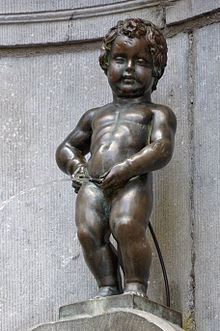Peter van Dievoet was a Flemish Baroque sculptor, statuary, wood carver and designer of ornamental architectural elements active in Brussels and England. He is known for his work on a number of the Baroque guild houses on the Grand-Place, which was rebuilt after the bombardment of 1695, as well as on the Statue of James II on Trafalgar Square, London, made in collaboration with fellow Flemish sculptor Laurens van der Meulen. He was the half-brother of Philippe van Dievoet, goldsmith to King Louis XIV of France and the uncle of the Parisian printer Guillaume Vandive.

Sire Philippe Van Dievoet called Vandive, écuyer, (1654–1738) was a celebrated goldsmith and jeweller. He was goldsmith to King Louis XIV, councillor of the King, officier de la Garde Robe du Roi, trustee of the Hôtel de ville of Paris, and Consul of Paris.

Henri van Dievoet was a Belgian architect.
Nicolas-Félix Van Dievoet called Vandive, écuyer, (c.1710–1792) was a French court official

Gabriel Van Dievoet was a Belgian decorator and Liberty style sgraffitist. He was the brother of the architect Henri Van Dievoet.

Jacques de Lalaing (1858–1917) was an Anglo-Belgian painter and sculptor, specializing in animals.
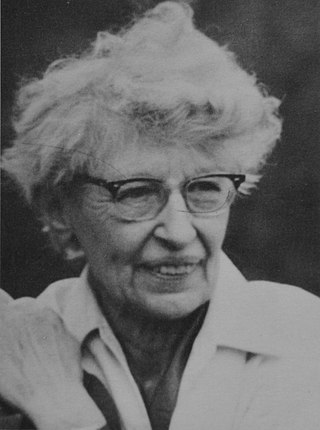
Éliane Georgette Diane de Meuse was a Belgian painter. She was the wife of Max Van Dyck. They met at the Académie Royale des Beaux-Arts, Brussels where they attended the courses of the same professors.

Jules Van Dievoet was a Belgian jurist and Supreme Court advocate.

Gerard van Opstal or Gérard van Opstal, was a Flemish Baroque sculptor mainly active in Paris. He was known for his low-relief friezes with classical mythological themes and his expertise in carving ivory reliefs.

Augustus Van Dievoet was a Belgian legal historian and Supreme Court advocate. His son, Jules Van Dievoet, also a Supreme Court advocate, married Marguerite Anspach (1852-1934), the daughter of Jules Anspach, who served as burgomaster of Brussels in 1863–1879.
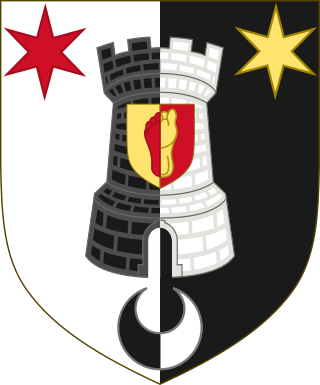
The Van Dievoetfamily is a Belgian family originating from the Duchy of Brabant. It descends from the Seven Lineages of Brussels and its members have been bourgeois (freemen) of that city since the 1600s. It formed, at the end of the 17th century, a now extinct Parisian branch which used the name Vandive.
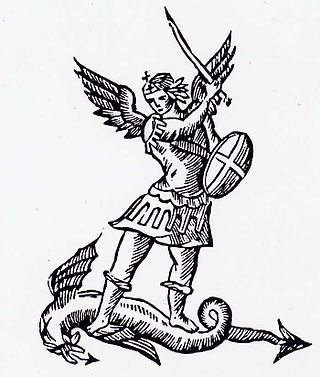
In Brussels, as in most European cities, one needed the capacity of bourgeois in order to not only exercise political rights, but also to practice a trade, which, in Brussels, meant to be a member of the Guilds or of the Seven Noble Houses. The charter of Brussels, as codified in 1570 in articles 206 and following, provided the conditions of admission to the bourgeoisie of the city. The Bourgeois were the patrician class of the city. This social class was abolished by Napoleon during the French occupation.

The Leyniers family (/lɛnɪjɛ/) is a bourgeois family that appeared in Brussels in the 15th century and produced many high-level tapestry makers and dyers, experts in the art of dyeing in subtle shades the woolen threads destined for this trade.
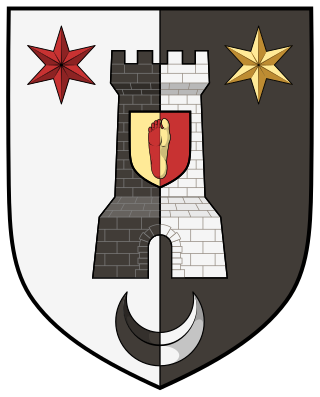
The Vandive family was a Parisian branch of the Van Dievoetfamily from Brussels, descended from goldsmith Philippe Van Dievoet, the elder brother of famous Brussels sculptor Peter Van Dievoet. The family were first bourgeois of Paris before becoming part of the French nobility.
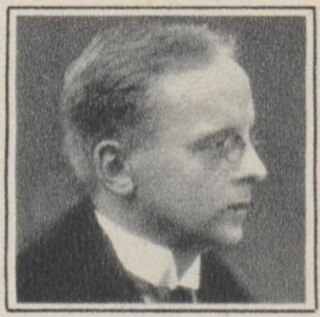
Josse-Émile van Dievoet was a Flemish politician and lawyer. He served as Belgian Minister of Justice.

The Maison de l'Agneau Blanc or simply l'Agneau Blanc is a Baroque house, built in 1696, located at 42, rue du Marché aux Herbes/Grasmarkt in Brussels, Belgium, parallel to the Grand-Place/Grote Markt. It has been a protected heritage site since 2011.
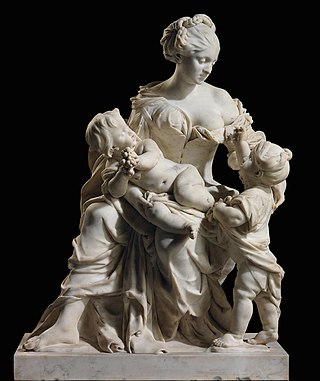
Jan van Delen was a Flemish sculptor who is mainly known for his Baroque church sculptures, allegorical scenes, funeral monuments and portraits. He was principally active in Brussels where he popularized the Flemish Baroque style in sculpture.

The Rue du Marché aux Fromages or Kaasmarkt (Dutch), meaning "Cheese Market Street", now also known by its nickname the Rue des Pittas or Pitastraat, is a historic street in Brussels, Belgium, near the Grand-Place/Grote Markt. It is lined with numerous pitta bars, pizzerias and cocktail bars.

Gilles van den Eynde was a stonemason, architect, and an important member of the Corporation des Quatre Couronnés in Brussels. Van den Eynde was also a councilor of the City of Brussels until his death. By 8 November 1723 he was replaced by sculptor Peter Van Dievoet.

Jan Cosijn, Jan Cosijn or Jan Cosyns was a Flemish sculptor and architect active in Brussels. He produced statuary for churches as well as architectural designs and decorative elements for the reconstruction of the Grand-Place/Grote Markt in Brussels. He further carved delicate ivory reliefs.
